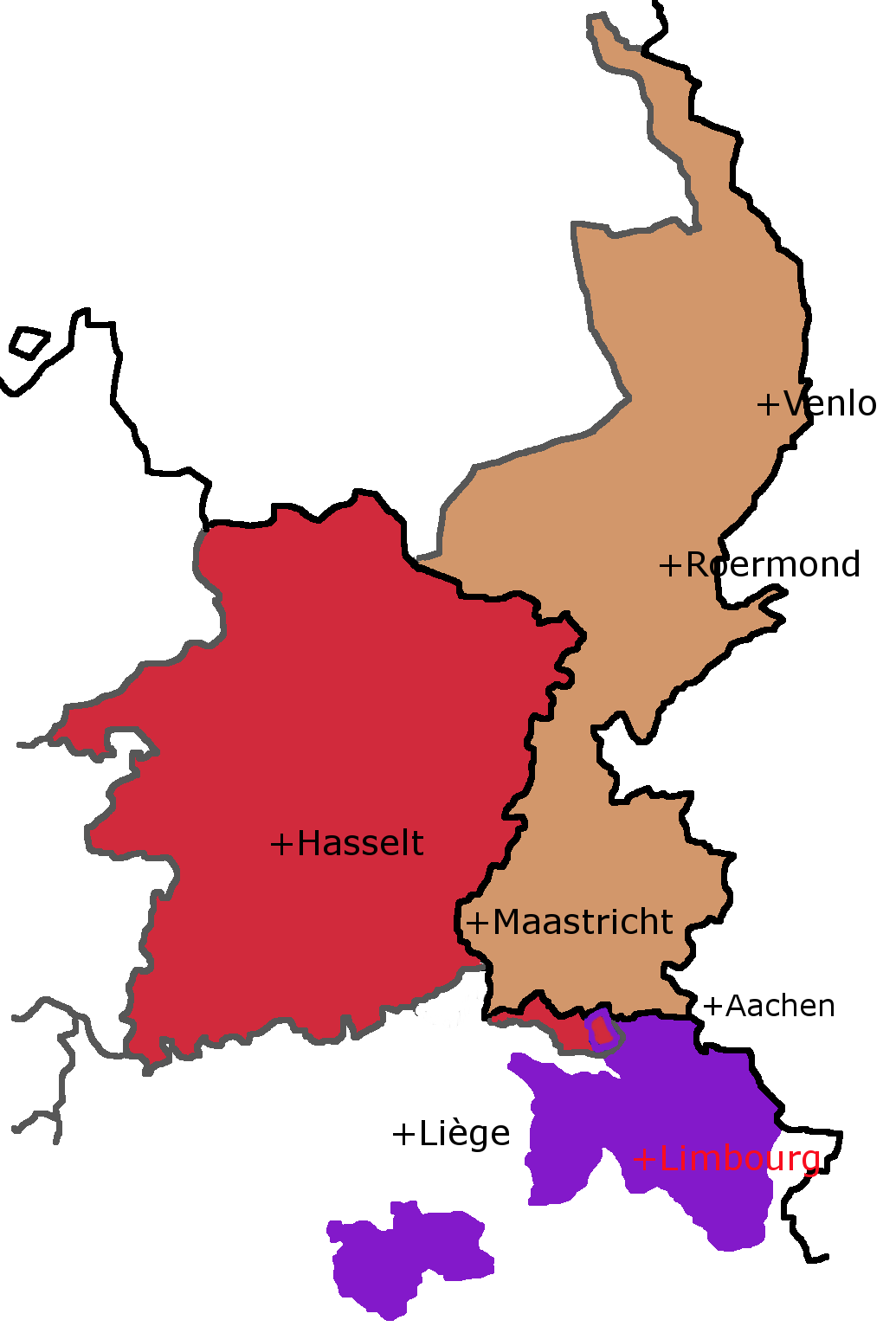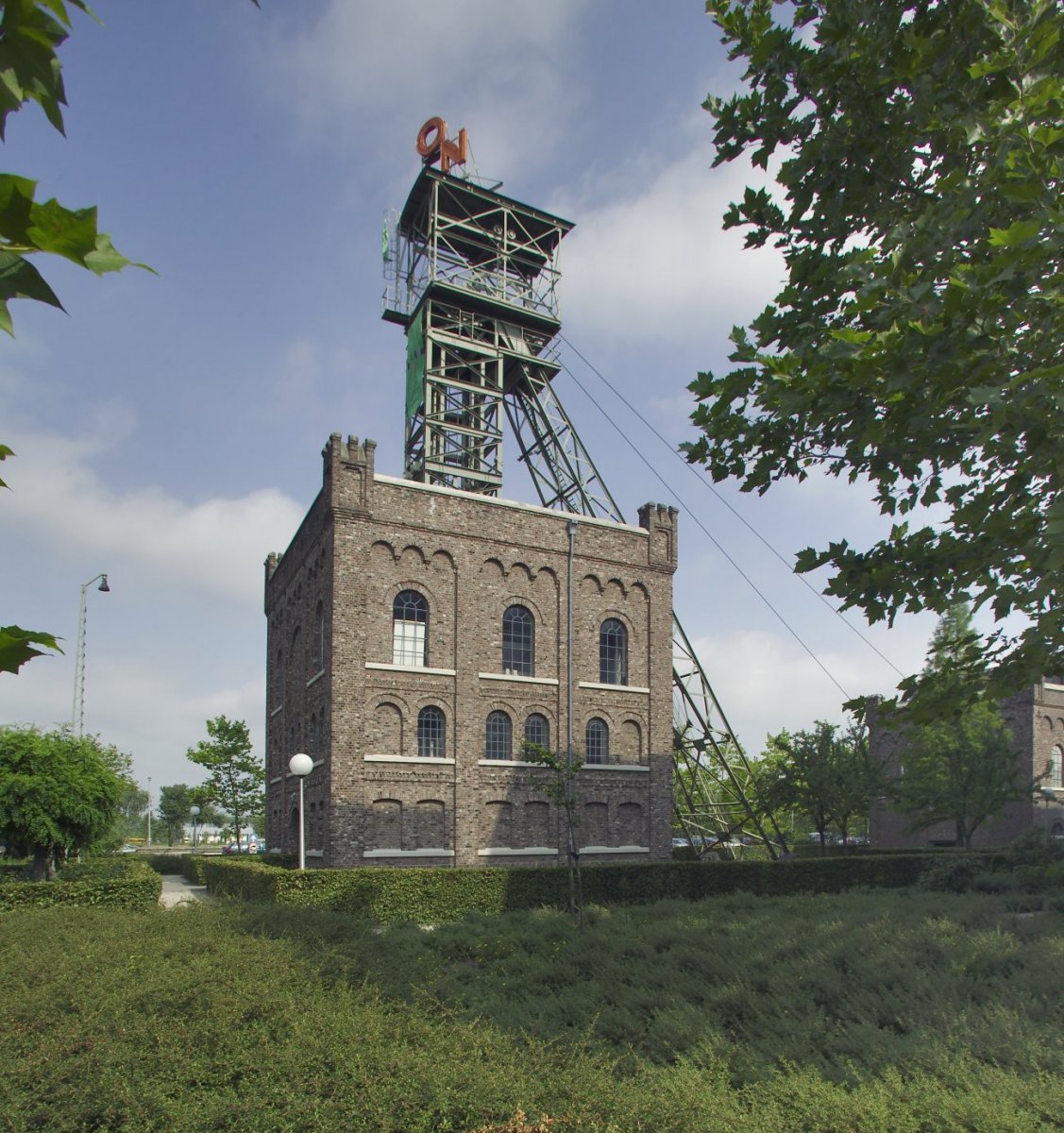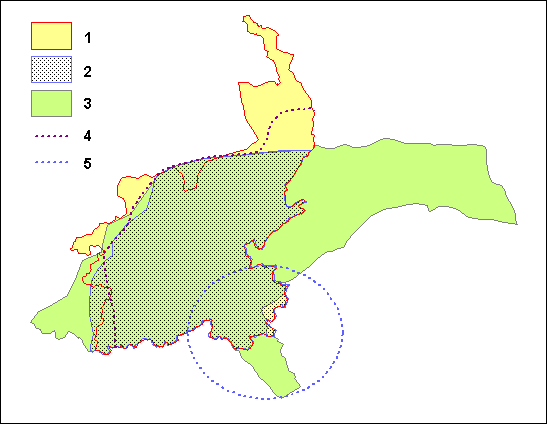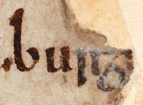|
Heerlerheide
Heerlerheide, in Limburgish ''Heëlehei'' or ''Gen Hei'', is a Dutch village located in the commune of Heerlen, in the province of Dutch Limburg Limburg (, ) is the southernmost of the twelve provinces of the Netherlands. It is bordered by Gelderland to the north and by North Brabant to its west. Its long eastern boundary forms the international border with the state of North Rhine-Westp .... On 1 January 2007, the village had 3180 inhabitants. Boroughs of Heerlen Populated places in Limburg (Netherlands) {{LimburgNL-geo-stub ... [...More Info...] [...Related Items...] OR: [Wikipedia] [Google] [Baidu] |
Limburg (Netherlands)
Limburg (, ) is the southernmost of the twelve provinces of the Netherlands. It is bordered by Gelderland to the north and by North Brabant to its west. Its long eastern boundary forms the international border with the state of North Rhine-Westphalia in Germany. To the west is the international border with the similarly named Belgian province of Limburg, part of which is delineated by the river Meuse. The Vaalserberg is on the extreme southeastern point, marking the tripoint of the Netherlands, Germany and Belgium. Limburg's main municipalities are the provincial capital Maastricht (population 120,837 as of January 2022), Venlo (population 102,176) in the northeast, as well as Sittard-Geleen (population 91,760, bordering both Belgium and Germany) and Heerlen (population 86,874) in the south. More than half of the population, approximately 650,000 people, live in the south of Limburg, which corresponds to roughly one-third of the province's area proper. In South Limbu ... [...More Info...] [...Related Items...] OR: [Wikipedia] [Google] [Baidu] |
Heerlen
Heerlen (; li, Heële ) is a city and a municipality in the southeast of the Netherlands. It is the third largest settlement proper in the province of Limburg. Measured as municipality, it is the fourth municipality in the province of Limburg. Heerlen forms part of the city-region of Parkstad Limburg, an agglomeration with about 250,000 inhabitants and encompassing 8 municipalities. It is to the east of Maastricht and north of the German city of Aachen. After its early Roman beginnings and a modest medieval period, Heerlen became a centre for the coal mining industry in the Netherlands in the late 19th century. In the 20th century, architect Frits Peutz played a major role in shaping the city as we know it today. His most famous design, and a distinctive building in the city centre, is the so-called Glaspaleis (''Glass Palace''), listed as one of the world's thousand most architecturally important buildings of the 20th century. History A habitation from the Michelsberg ... [...More Info...] [...Related Items...] OR: [Wikipedia] [Google] [Baidu] |
Limburgish Language
Limburgish ( li, Limburgs or ; nl, Limburgs ; german: Limburgisch ; french: Limbourgeois ), also called Limburgan, Limburgian, or Limburgic, is a West Germanic language spoken in the Dutch and Belgian provinces of Limburg and in the neighbouring regions of Germany. It shares characteristics with both German and Dutch but has unique features such as tonality. Within the modern communities of the Belgian and Dutch provinces of Limburg, intermediate idiolects are also very common, which combine standard Dutch with the accent and some grammatical and pronunciation tendencies derived from Limburgish. This "Limburgish Dutch" is confusingly also often referred to simply as "Limburgish", although in Belgium such intermediate languages tend to be called ("in-between language"), no matter the exact dialect/language with which standard Dutch is combined. Although frequently misunderstood as such, Limburgish does not refer to the regional variation of Dutch spoken in Dutch Li ... [...More Info...] [...Related Items...] OR: [Wikipedia] [Google] [Baidu] |
Boroughs Of Heerlen
A borough is an administrative division in various English-speaking countries. In principle, the term ''borough'' designates a self-governing walled town, although in practice, official use of the term varies widely. History In the Middle Ages, boroughs were settlements in England that were granted some self-government; burghs were the Scottish equivalent. In medieval England, boroughs were also entitled to elect members of parliament. The use of the word ''borough'' probably derives from the burghal system of Alfred the Great. Alfred set up a system of defensive strong points (Burhs); in order to maintain these particular settlements, he granted them a degree of autonomy. After the Norman Conquest, when certain towns were granted self-governance, the concept of the burh/borough seems to have been reused to mean a self-governing settlement. The concept of the borough has been used repeatedly (and often differently) throughout the world. Often, a borough is a single town wit ... [...More Info...] [...Related Items...] OR: [Wikipedia] [Google] [Baidu] |



